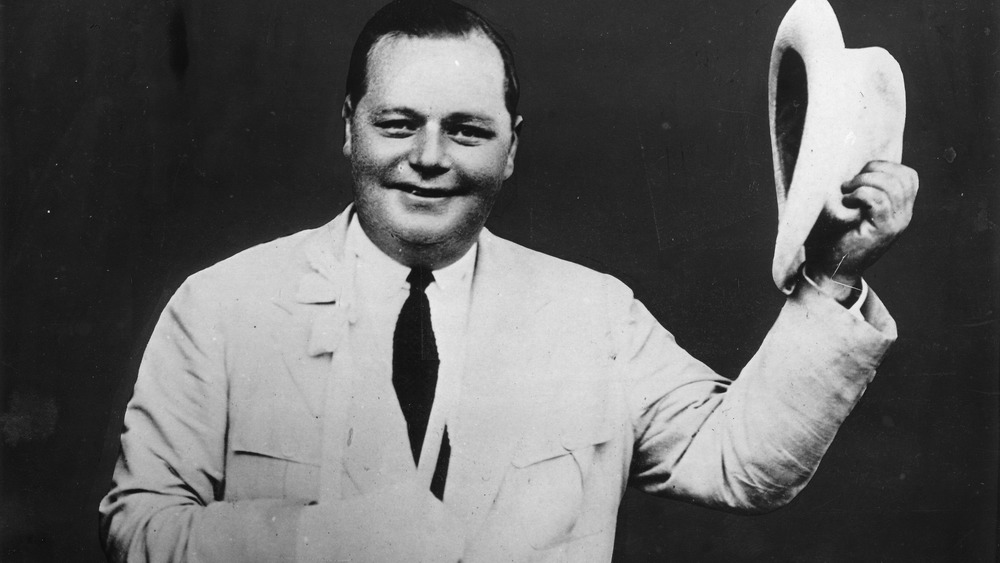The Hays Code: How Hollywood Tried To Police Itself
Once upon a time in Hollywood, the movie industry decided that a return to morals and values was needed. Sound a bit familiar? But this campaign wasn't started this year, or even a decade ago: It began in 1934 with the implementation of the Motion Picture Production Code, also known as the Hays Code.
In the midst of the roaring '20s, the entertainment business seemed one of the leaders of ethical decay and hedonism. After the industry had faced scandal after scandal, including, as the History website relates, the silent-film comedian Fatty Arbuckle's trial for the rape and murder of actress Virginia Rappe, the Motion Picture Producers and Distributors of America (MPPDA) was created in 1922 by the most prominent studios. (Arbuckle was acquitted, says All That's Interesting.)
The group tried to come up with a plan to save their reputation and mitigate the damage done by these scandalous stories. The first guidelines were published in 1930 and were "designed as a code regulating the moral content of feature films, designed so that Hollywood could police itself and thus avoid or minimize outside censorship," wrote The Intellectual Freedom Blog.
The president of the MPPDA was Postmaster General Will Hays, from 1922 to 1945. He headed the team to develop a list of best practices and became so essential to MPPDA and the group was dubbed the Hays Office. "The code sets up high standards of performance for motion-picture producers," said Hays when the code was first implemented, according to NPR.
The film industry navigates censorship
Hays added, "It states the considerations which good taste and community value make necessary in this universal form of entertainment."
The code also dictated, according to History Matters, that no film could portray evil, crime or sin as heroic, nor could it help lower the ethics of those who viewed it. The code also banned salacious material, such as nudity, sexy dancing, and intense kissing. Other no-no's: making fun of religion, showing illegal drug use or interracial romance, encouraging violation of the law, and showing any how-to when it came to crime methodology.
Filmmakers weren't happy with the Production Code and how it altered their movies. Gone with the Wind in 1939 needed to change parts of the story that showed too much violence or racism, according to History. Producer David O. Selznick battled to keep the famous Rhett Butler quote, "Frankly, my dear, I don't give a damn" in the movie ... a fight he obviously won. Even cartoon character Betty Boop began lengthening her skirt and hiding her garter, says Betty Boop Fandom.
Filmmakers eventually found ways to circumvent the code and that weakened its potency. The popularity of television and the competition it offered contributed to the dismantling. Eventually the whole thing was replaced by the Motion Picture Association of America (MPAA) with its film rating system. While the rating tiers underwent changes over the years, the MPAA still rates the films we watch today.

